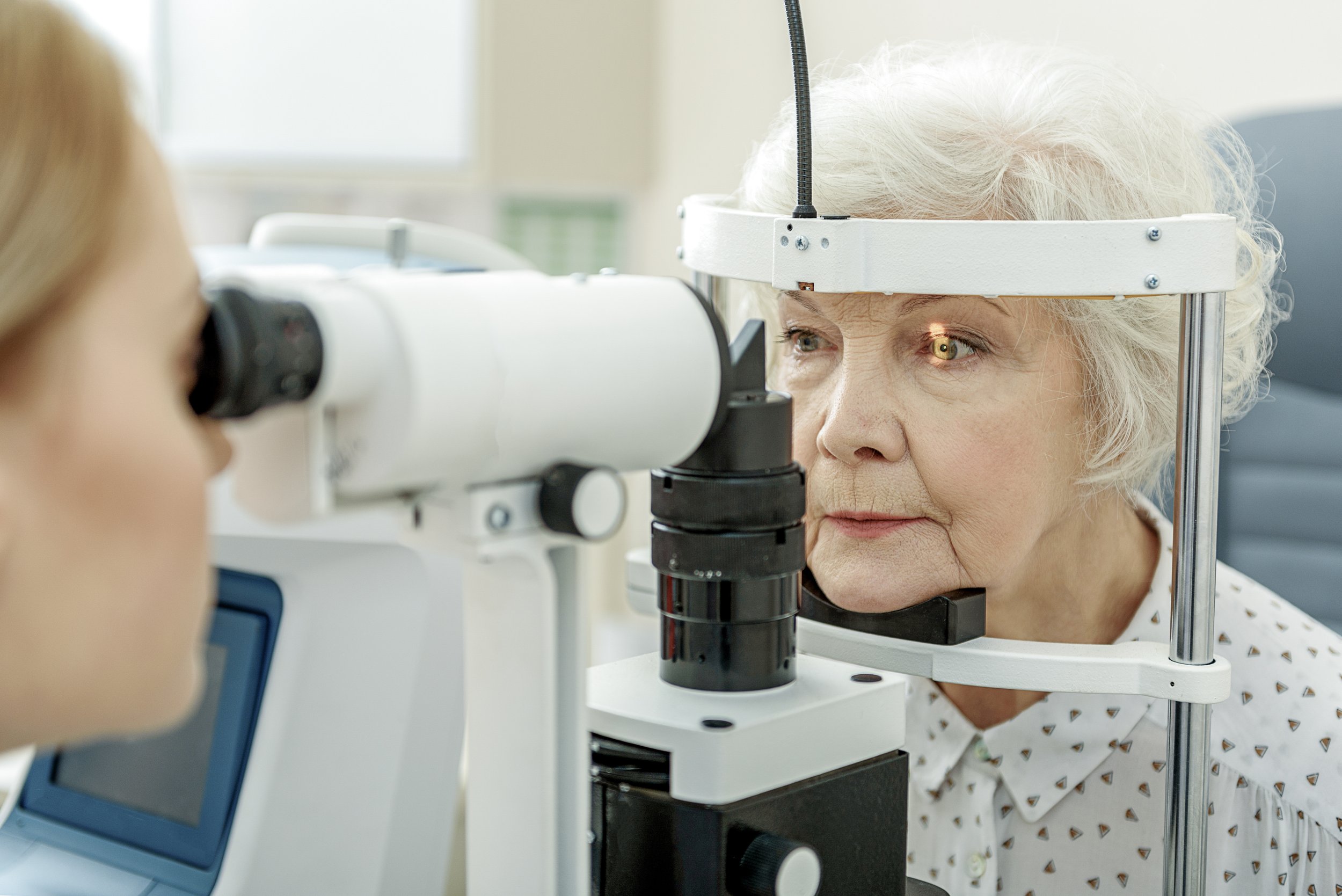Feds bet $10.3 million to find a way to diagnose Alzheimer’s disease early
/There is no easy way to diagnose Alzheimer’s disease.
Typically, patients thought to be suffering from the disease must undergo a battery of tests to assess memory impairment and other thinking skills, judge functional abilities, and identify behavior changes. The complexity helps to explain why Alzheimer’s disease and other forms of dementia are underdiagnosed.
The National Institutes of Health is funding a $10.3 million research initiative to change that.
The grant will underwrite a five-year study to determine if Alzheimer’s disease can be detected early, using a simple, minimally invasive, low-cost eye exam.
Alzheimer’s is the most common form of dementia, afflicting nearly 6 million Americans. The progressive condition begins with mild memory loss and can lead to an inability to carry on a conversation and respond to the environment. It can seriously affect a person’s ability to carry out daily activities.
Though no cure exists for Alzheimer’s, billions of dollars are being invested in the search for drugs and other therapies that may offer hope to patients and their caregivers. One big challenge has been the difficulty of diagnosing the condition.
Jessica Alber, assistant professor of biomedical and pharmaceutical sciences at the University of Rhode Island, is working on a new way to determine if someone has the disease. She and collaborating researchers across the country will assess the value of using retinal imaging to screen for the condition. If it works, Alzheimer’s screening could potentially become part of routine eye exams.
“In the near future, screening for risk in the general population will become increasingly important in order to treat people before they are experiencing the devastating loss in quality of life and cognitive function that affects them and their families,” said Alber in a University of Rhode Island article on the grant. “The retina allows us to look at what might be changing in the brain … to identify people who are at high risk, but not sick yet.”
The new study builds on work done as part of the Atlas of Retinal Imaging in Alzheimer’s Study (ARIAS), which sought to create a reference database of structural, anatomic, and functional imaging of the retina to develop markers of Alzheimer’s disease risk and progression.


